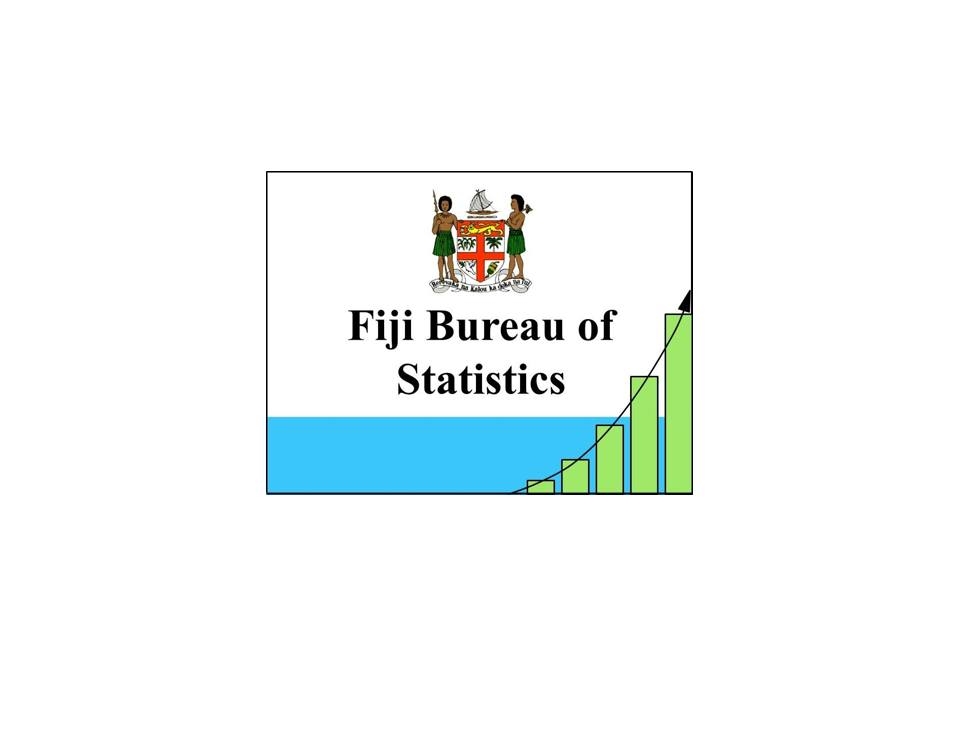The Fiji Bureau of Statistics (FBoS) has released its 2025 Population Grid Map, showing rapid urban growth and concentration of people — particularly in Lautoka, Nadi, and Labasa — while rural and outer island areas remain sparsely populated.
According to FBoS, Lautoka City and Nadi Town have emerged as major population centers in the Western Division, with “dense urban cores and expanding peri-urban areas driven by economic growth and tourism.”
In the Northern Division, Labasa Town continues to record “moderate to high population densities around its center, reinforcing its role as the administrative and commercial hub of Vanua Levu.”
By contrast, Vunisea in Kadavu shows “low to moderate densities, representing the dispersed and rural settlement patterns typical of Fiji’s outer islands,” the Bureau noted.
The grid also highlights the distribution of Fiji’s older population aged 65 and above, with significant clustering in Labasa and the main urban centers.
“This concentration of the older population in towns like Lautoka, Nadi, and Labasa allows for more efficient resource allocation,” FBoS said in a statement.
“However, it also places significant strain on urban health facilities and calls for immediate investment in public health infrastructure and specialized geriatric care.”
The Bureau warned that rural and outer island areas face “a critical equity challenge,” as providing consistent, high-quality healthcare to scattered populations remains logistically complex.
“Mobile health services or long-distance travel to major hospitals are often necessary for specialized care,” it said.
FBoS further noted that women of reproductive age are “overwhelmingly concentrated in high-density urban areas like Lautoka, Nadi, and Suva,” which “places immense pressure on existing city-based maternal and reproductive health services.”
The findings, the Bureau said, underline the dual challenge Fiji faces: “managing overcrowding and high demand in dense urban centers while ensuring that isolated rural communities are not left behind.”
“The future requires investment not just in expanding urban capacity,” FBoS emphasized, “but in developing effective, decentralized models of health and social service delivery.”



